East Sussex or West Sussex – which is best? Cast your vote
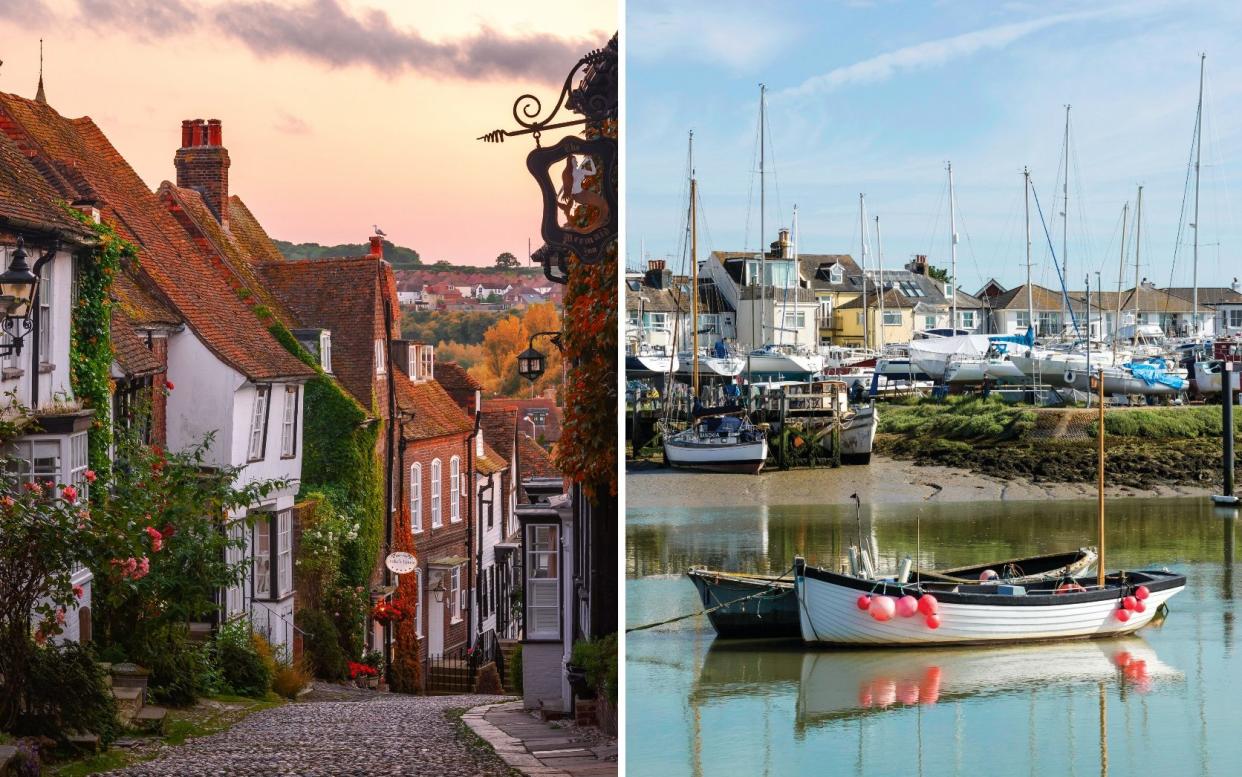
Once upon a time, Sussex was a unified kingdom, but these days it is split into two distinct counties: East and West.
To many, this is no more than an administrative technicality and Sussex (a name derived from “South Saxons”) remains a singular cultural entity, unified by its love for bonfires, taste for Harveys bitter and the county motto – plastered on pub walls, tattooed onto arms and engraved on memorials – “We Wunt be Druv”. But to others, East Sussex and West Sussex have developed distinct identities.
Given their long shared history, asking which county is “better” as a tourist destination is somewhat tricky, and possibly futile, but we gave it our best crack by crunching data across a series of categories. It was an extremely close-fought contest.
West Sussex has more National Trust sites, more Michelin-starred restaurants, more RSPB reserves, a greater percentage of woodland, more cathedrals, a loftier highest point, a lower population density, more National Landscapes (formerly AONBs) and an international airport.
However, East Sussex has more English Heritage properties, a longer coastline, more castles, more lakes, more Blue Flag beaches, more museums, lower average rainfall, more piers and (marginally) more annual hours of sunshine.

Across 18 categories, the counties ended up with nine victories apiece. Which meant we had no option but to turn to our local experts to fight the corner for each half of the historic county. If you have an opinion on the matter, or simply want to share your favourite holiday spots in either county, please join the conversation in the comments at the bottom of the article and cast your vote below.
The case for East Sussex
For a little county that doesn’t even have a motorway, East Sussex has some big claims to fame. Squeezed within this hilly landscape you will find the real-life home of Winnie the Pooh (Ashdown Forest), the LGBT+ capital of Britain (Brighton), and heavyweight historic attractions dating back to 1066 and beyond. Yes, its rolling interior is not as lofty as the Highlands and its coast doesn’t have the hidden coves of Cornwall, but the sheer depth of things to see and do in East Sussex make it stand out not just alongside its westerly neighbour, but nationwide.
What I love about East Sussex is that it has a knack of transposing high cultural experiences, usually found in urban centres, into a field surrounded by cows. Glyndebourne, set in the chalk hills of the South Downs, is one of the most celebrated opera houses in the world, welcoming tens of thousands of dressed-up guests during its flamboyant summer festival and autumn season. Just down the road, Charleston farmhouse was the rural outpost for the Bloomsbury Group and is now an extraordinary living art gallery, suspended in time; they recently opened an excellent sister gallery space in Lewes.
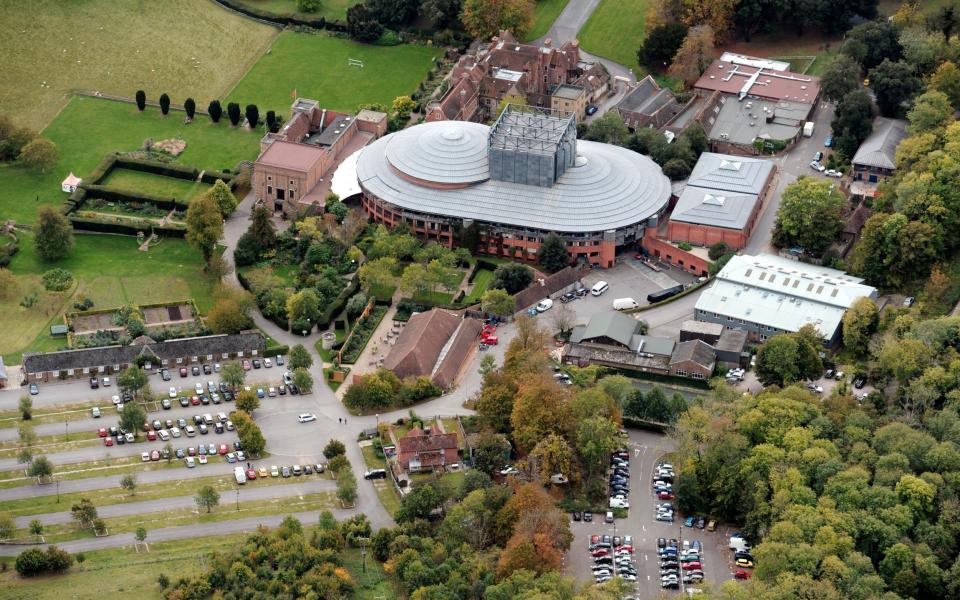
Along the coast you have to work a little bit harder to find the wonders, but they are there. The Seven Sisters cliffs are a sight to behold: start in Friston Forest and wander (or paddleboard) along the meandering River Cuckmere to the coast, where you can walk atop the towering cliffs towards Eastbourne. Further east, the golden Camber Sands has the only dune system in East Sussex, with the supremely cool beach house-esque Gallivant Hotel overlooking proceedings.
East Sussex has two fine urban settlements at its eastern and western extremes in Brighton and Hastings, while Eastbourne, in between, hosted the Turner Prize this year. Hipster favourite St Leonards-on-Sea and Rudyard Kipling’s old stomping ground, Rottingdean, are probably the nicest towns along the coast if you fancy a dip and an ice cream, but would rather steer clear of the amusements.
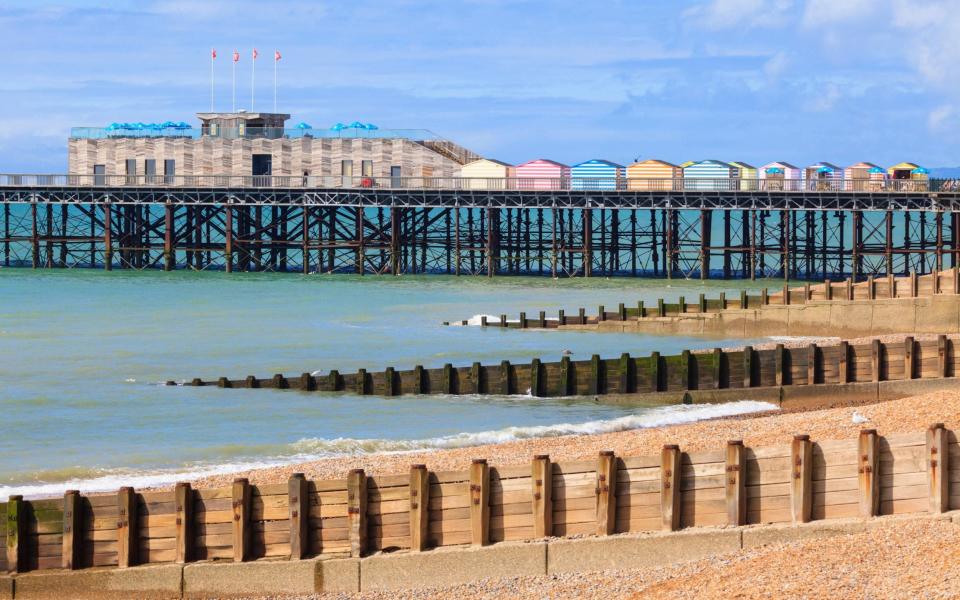
But it is the county’s historic towns – just inland – that shine the brightest. The anti-establishment county town of Lewes, famed for its riotous Bonfire celebrations, was voted Britain’s prettiest town by The Telegraph and hosts some of the best creaky pubs and craft breweries (see Beak, Abyss) in the country – plus the only football club that pays its women players the same as the men. The medieval Cinque Ports citadel of Rye, on the far eastern end of the county, has steep cobbled streets and half-timbered architecture with a distinctly French feel, while the nearby market town of Battle is the beating heart of 1066 country, and Wadhurst was recently voted the best commuter town in the country.
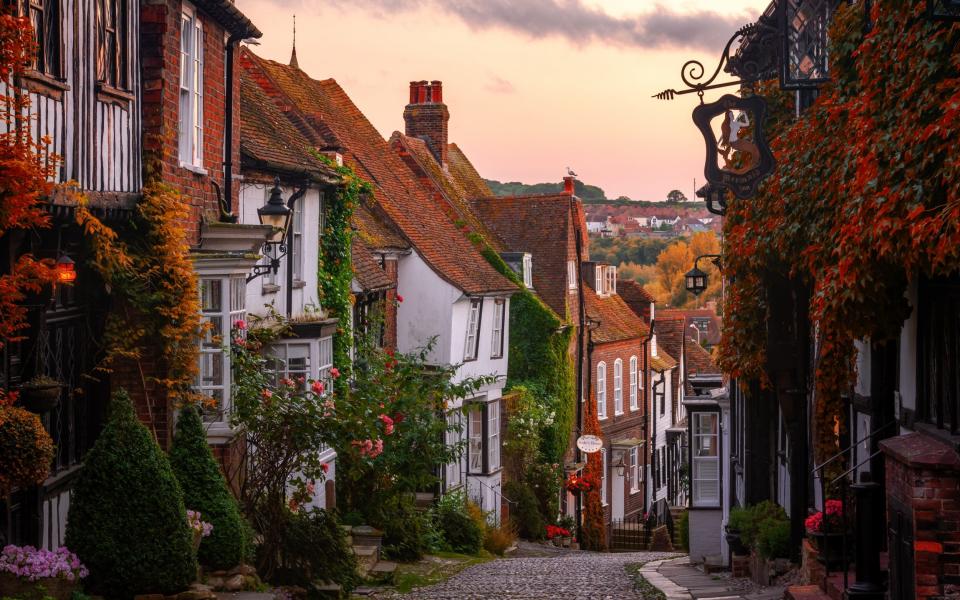
Stay here
For something quite unique, one of the coolest places to stay in East Sussex is the River House in Rye (from £200 a night). Sleeping up to six guests in three king-sized rooms, this riverside design retreat is decorated in idiosyncratic 1970s style – and pulls it off. The property benefits from a long garden, a rarity in Rye, and offers an ideal vantage point to explore both the coast and the delights of the High Weald National Landscape. If you’d rather stick in the local area, there’s a cracking local pub called the Globe Inn just 50m down the road. The website Host Unusual has a good selection of beach houses, windmills and cabins across East Sussex on its books.

There are plenty of great pubs with rooms and bouji hotels across the county, like the aforementioned Gallivant. Pelham Hall Bed and Breakfast and The Old Rectory in Hastings both also received 9 out of 10 by our expert reviewers.
A special meal
You won’t be disappointed at the swanky seafront Rockwater in Hove, the expansive Rathfinny Vineyard Estate (which also has rooms), or the village green Ram Inn in Firle (rooms here, too), but the pick of the bunch for a special meal is The Star in Alfriston. This revamped 15th-century coaching inn, with 30 high-spec rooms, has three dining areas including a wood-smoky pub area and an Italianate courtyard, perfect for long lunches in spring and summer – pick the mackerel for starter and the tortellini for main. You won’t look back.
Best for families
Ashdown Forest was the inspiration for Winnie the Pooh’s Hundred Acre Wood, and little ones will delight in following a trail on the hunt for (actual figurines of) Eeyore and co, before reaching Pooh Bridge. Nearby, the Bluebell Railway (which, hands up, does cross into West Sussex) is a charming steam train passing through 11 miles of Sussex countryside – which can be combined with a turn around the exotic National Trust gardens at Sheffield Park. For older kids, the Observatory Science Centre in Herstmonceux runs interactive workshops and stargazing evenings for adults.
Greg Dickinson
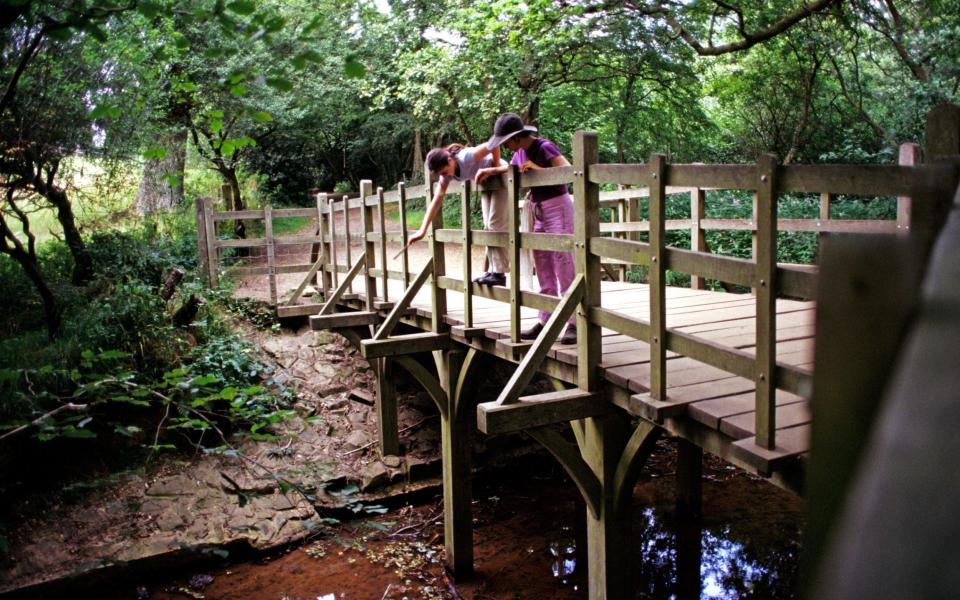
The case for West Sussex
East and West Sussex are an “opposites attract” couple. The east – loud, proud, topographically iconic and “discovered” (ergo, at times overrun) – is the county’s siren. Its cards are on the table. For those prepared to look however, the “west” plays the long game. The more time you give it, the more it reveals its hand.
Its sweeping beaches – a mix of sand, dunes, pebbles and shingle, are superior to any in East Sussex. On some, spring tides explore miles of sand and kelp, and Felpham and the Witterings possess decent surf.
In the chalky West Sussex downs, significant sites like Chanctonbury and Cissbury rings (Cissbury is the largest hill fort in Sussex) hold back the creep of time. The long, dry V-shaped Devil’s Dyke is said to have been an early attraction for Stone Age settlers.
For nature reserves teeming with birdlife, seaside resorts and historical fishing towns, dip into the new 44-mile West Sussex stretch of the King Charles III England Coast Path. Stretching from East Head near Chichester to Shoreham-by-Sea, the path takes in the sandy, dune-backed beaches of West Wittering, the town of Worthing – which has one of the most exciting dining scenes in Sussex – and Selsey, flanked by two nature reserves.

RSPB Pagham Harbour and RSPB Medmerry are linked by footpaths and a cycleway. Selsey sits eight miles into the Solent and it, too, claims more sunlight hours than anywhere in the UK. My favourite beach is the three-mile shingle spit at Shoreham-by-Sea, which has a working port and pretty fishing harbour.
Head inland and the national trail connecting the two counties, the South Downs Way, marches across 48 miles of West Sussex (all 48 are accessible to motorised cross-country wheelchairs). Rolling views at Petworth inspired England’s landscape maestro, Turner, and Petworth House has the largest collection of Turners outside of the Tate.
For lazy afternoons there are myriad vineyards dotted in and around the South Downs National Park, including Bolney and Stopham, which is set within an Area of Outstanding National Beauty. Come evening, swap the bright lights of Brighton for views of the Milky Way on a moonless night. Astronomer Patrick Moore, a Selsey boy, gives his name to Moore’s Reserve. Visit the South Downs Planetarium in Chichester and then head up to Dark Sky Discovery Sites at Harting Down and Bignor Hill.
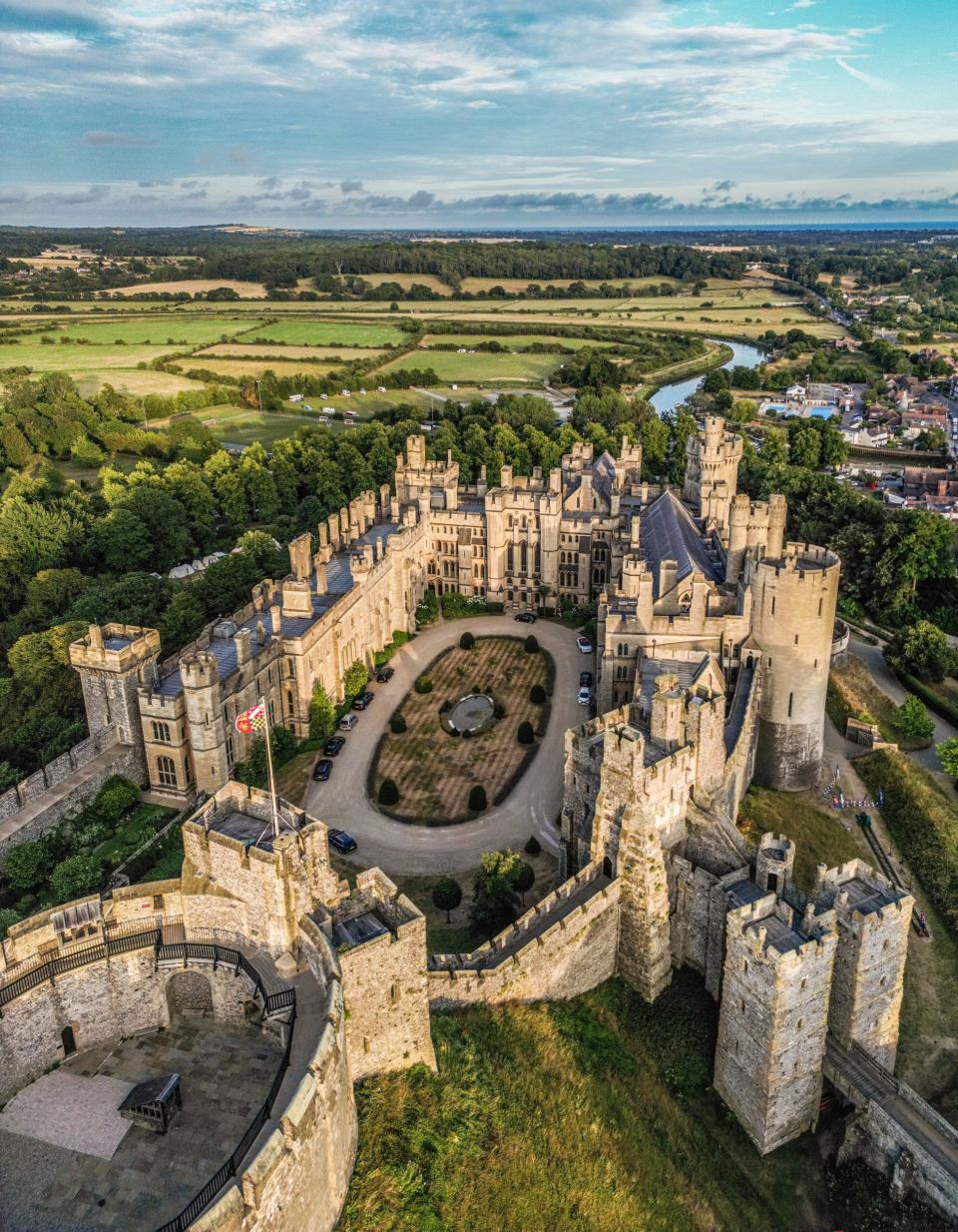
West Sussex’s crown jewels are undoubtedly Arundel, with its distinctive castle turrets, and Chichester. Both are home to the county’s cathedrals and Chichester’s Pallant House Gallery also houses a significant collection of modern art. Chichester’s cathedral treasures include part of a Roman mosaic floor and a Marc Chagall window.
Did I mention Goodwood Estate? One of the estate walks culminates at the Trundle, a Bronze Age ring and ditch offering panoramic views across the racecourse and chalky meadows to the sea. The Duchess of Richmond and Gordon said it was her favourite place: “I go there for perspective. You’re standing on 4,000 years of history, surrounded by orchids and skylarks.”
Best for families
Over three weekends in August visitors are invited to pull up a seat at the banqueting table and experience some medieval magic at the Loxwood Joust. Mingle with the medieval townsfolk, sip mead, join in the jousting and games and watch Queen Helena take up her place on the throne after a year in exile. New for 2024 is weekend camping (£23 per adult and £9 per child).
Is the sea a bit choppy? Arundel’s 25m heated lido and splash pool comes with a view of the town’s magnificent castle. There’s a grassy area for picnics. Open until September 29, 2024 (adults £8 and children £5.50; Arundel-lido.com). There are also family friendly trails and activities at Petworth House and Park, the Weald & Downland Living Museum (home to the BBC’s The Repair Shop), Arundel Wetland Centre and Amberley Museum.
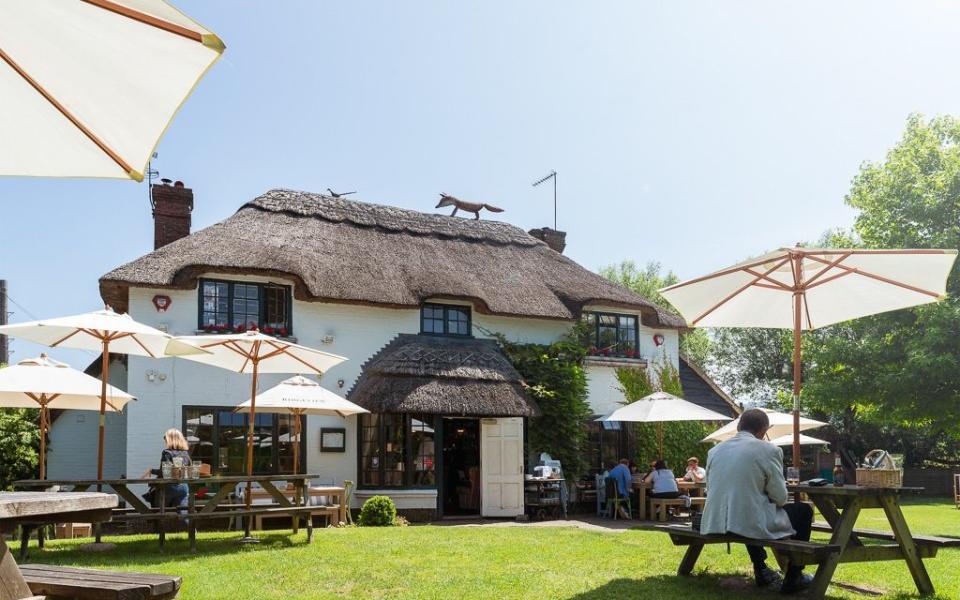
A special meal
From elevated pub dining in the garden of the thatched-roofed Ginger Fox to chef Johnny Stanford’s exciting sea-view venture Tern on Worthing pier, West Sussex has plenty for foodies.
Earlier this year Interlude, a restaurant inside a restored Italianate mansion overlooking England’s first Pinotage vineyard, was awarded a Michelin Green Star, to keep its first star company. Chef Jean Delport’s unforgettable tasting menu pairs wines from South Africa’s Benguela Cove estate with premium produce including Sussex-cross Wagyu beef and South Downs truffles with ingredients foraged from his vast backyard pantry (think estate magnolia, oak-tree vinegar, sloe berries, birch sap and honey and nuts). That pantry? A must-visit 240-acre Grade I-listed garden.
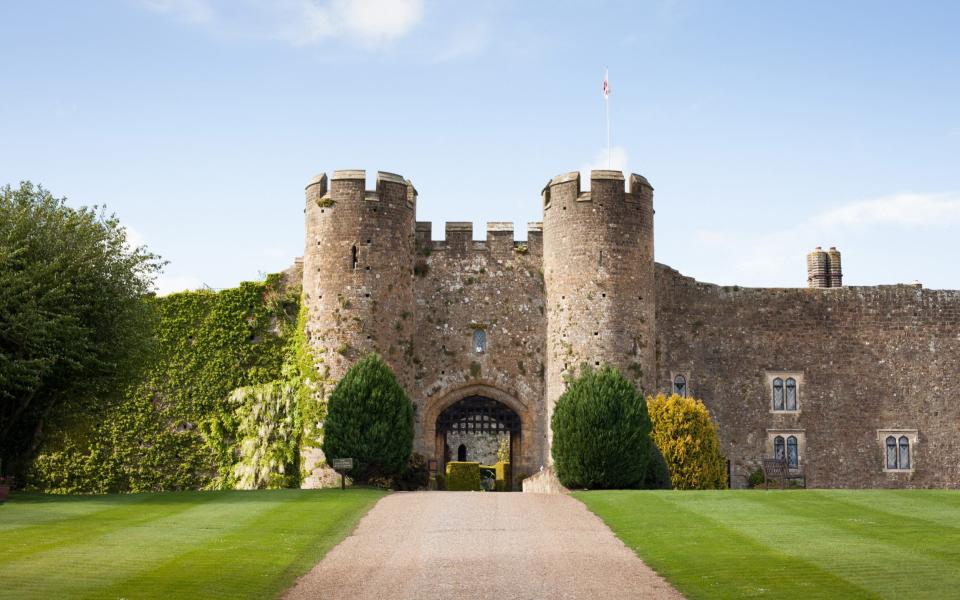
Stay here
Choose from pubs with rooms – the seven-room Angel Inn in Petworth overlooks a walled garden – contemporary lodges with vineyard views at Ashling Park Estate, or quirky camping and glamping (try the Tree House or ‘Holicopter’ at Blackberry Wood).
For tub-thumping drama stay at Amberley Castle (from £230 a night). Once through the 2.5-ton portcullis you can walk in halls visited by Charles II and Henry VIII. Gatehouse Suites are in a former 17th century dairy and in the Tower House Mews, Winchelsea and Pevensey, offer views of the dry moat, lakes and South Downs through 14th-century lancet windows. A railway station connects Amberley with Gatwick and London and Arundel Castle is just down the road.
Teresa Machan


